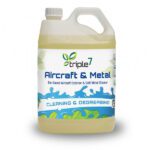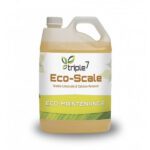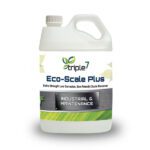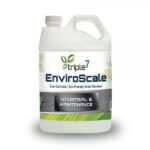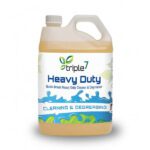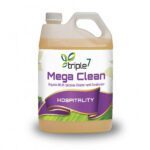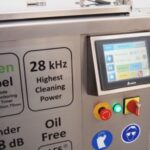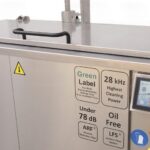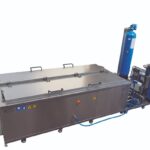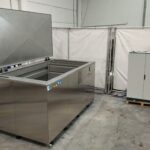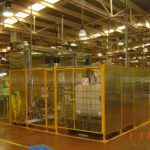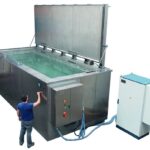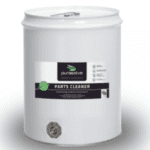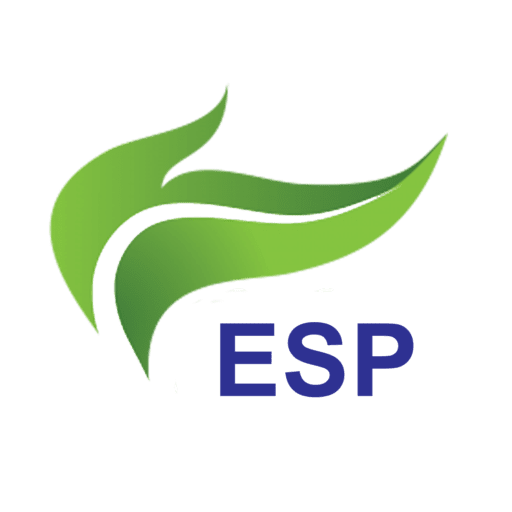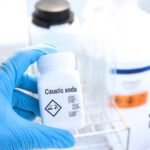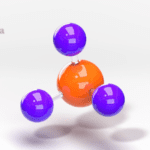As much as we would like to wish it away, the process of Biomagnification happens when toxic substances accumulate in the food chain and become increasingly concentrated as they move up the food chain, leading to potentially harmful effects on the environment and human health. In order to reverse or neutralise the phenomenon of biomagnification, a number of solutions are available. The purpose of this article is to offer means of controlling biomagnification. And reiterate that the use of bio based carbon products will go a long way in making the world a safer and healthier place for us and our future generations.
Most Effective solutions to Biomagnification:
Reduce use of toxic chemicals: One effective solution to address the problem of biomagnification is to reduce the use of toxic chemicals in the environment. This can be achieved through a variety of methods, such as implementing stricter regulations on the use of pesticides and herbicides in agriculture, reducing the use of toxic industrial chemicals in manufacturing, and promoting the use of alternative, non-toxic chemicals in everyday products.
Incorporate sustainable agricultural practices: Another approach to address biomagnification is to promote sustainable agricultural practices that minimise the use of chemical inputs. For example, organic farming practices can reduce the amount of chemical fertilisers and pesticides used in agriculture, thereby reducing the amount of toxins that enter the food chain.
Promote use of non-toxic cleaners: efforts can be made to promote the use of non-toxic, biodegradable cleaning agents and detergents. These products can be used to clean up contaminated sites and prevent the release of toxins into the environment.
Incorporate Bioremediation techniques: Bioremediation involves the use of naturally occurring microorganisms to break down toxic substances into less harmful compounds. This approach can be used to clean up contaminated soil, water, and air, and can help to reduce the accumulation of toxic substances in the food chain. Industrial effluents are wastewater or liquid waste generated from industrial processes. These effluents can contain various pollutants such as heavy metals, organic compounds, and nutrients that can be harmful to the environment and human health. Bioremediation is an effective method for treating industrial effluents as it uses natural biological processes to break down and remove pollutants.
Bioremediation is a solution with a multitude of advantages and is already used in multiple industries with high rates of success. Some of the industrial effluents that require bioremediation include:
- Heavy metals: Industrial processes such as electroplating, mining, and metal finishing can produce effluents containing heavy metals such as lead, mercury, and cadmium.
- Organic compounds: Effluents from industries such as petroleum, chemical, and pharmaceutical can contain organic compounds such as benzene, toluene, and xylene.
- Nutrients: Effluents from agricultural, food processing, and beverage industries can contain high levels of nutrients such as nitrogen and phosphorus, which can cause eutrophication in water bodies.


There are several types of bioremediation methods that can be used in industrial plants and factories, including:
- Aerobic bioremediation: This process uses microorganisms that require oxygen to degrade pollutants. Aerobic bioremediation is effective in treating organic compounds such as petroleum products and solvents.
- Anaerobic bioremediation: This process uses microorganisms that do not require oxygen to degrade pollutants. Anaerobic bioremediation is effective in treating pollutants such as heavy metals and organic compounds.
- Phytoremediation: This process uses plants to absorb and break down pollutants. Phytoremediation is effective in treating pollutants such as heavy metals and organic compounds.
- Biostimulation: This process involves adding nutrients or other substances to stimulate the growth of microorganisms that can degrade pollutants. Biostimulation is effective in treating pollutants such as petroleum products and organic compounds.
- Bioaugmentation: This process involves adding microorganisms to the effluent to enhance the degradation of pollutants. Bioaugmentation is effective in treating pollutants such as organic compounds and heavy metals.
Industrial effluents can contain various pollutants that can be harmful to the environment and human health. Bioremediation is an effective method for treating these effluents as it uses natural biological processes to break down and remove pollutants. The type of bioremediation method used will depend on the type of pollutant and the specific needs of the industrial plant or factory.
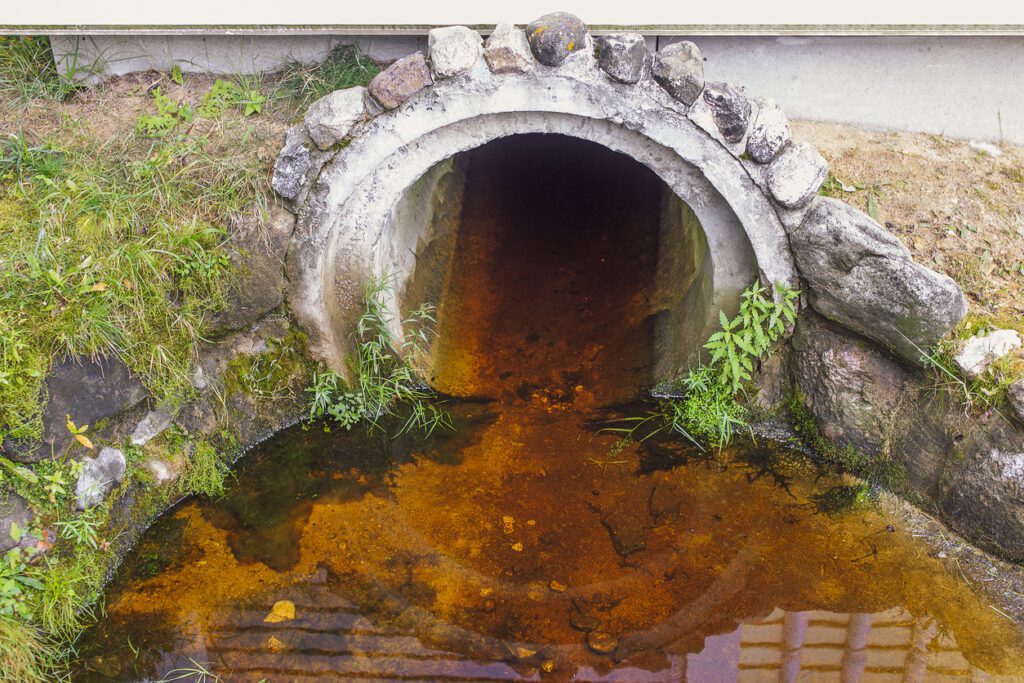
The multi-step approach to effective Bioremediation
- The remediation of contaminated sites can also be achieved through physical and chemical processes, such as phytoremediation, which uses plants to absorb and break down toxins in contaminated soil.
- The use of activated carbon, which has a high surface area and can adsorb toxins from the environment, can be an effective way to neutralise the effects of biomagnification.
- Additionally, Individuals can play a role in reducing the impact of biomagnification by making more sustainable choices in their everyday lives. This can include choosing products that are produced using sustainable practices, such as organic food and non-toxic cleaning products like Triple 7 Cleaners.
- Consumers can also reduce their use of disposable products, such as plastic bags and straws, which can end up in the environment and contribute to the accumulation of toxins in the food chain.
Hence, reversing or neutralising the phenomenon of biomagnification requires a multi-faceted approach that includes reducing the use of toxic chemicals, promoting sustainable agricultural practices, using non-toxic and biodegradable cleaning agents and detergents, implementing bioremediation techniques, and promoting sustainable choices in everyday life. By taking these actions, we can help to protect the environment and human health from the harmful effects of biomagnification.
Interestingly Envirofluid in Australia manufactures a range of cleaning products called Triple 7 Cleaners that are derived from natural resources like lemon, soy, wheat, palm oil and many other oleo based fluids. These are not just powerful but can be used to replace:
- Petroleum based cleaners
- Caustic products
- Ammonia based cleaners
- Phosphorous based detergents
- d-limonene ingredient cleaners
- Nitrates ingredients
- Butyl cellosolve based cleaners
- Strong acids
- Glycol ethers
- Enzymes
Envirofluid offers the entire range of Industrial cleaners that are free of known allergens, synthetic foaming agents, colouring agents or perfumes. Marketed under the label of Purasolve, alternative technology possessed with Envirofluid has proven to replace dangerous solvents like Carbon Tetrachloride, Xylene, Toluene, Benzene, Kerosene, and other fuming and flammable compounds used for cleaning at homes and Industries.
Purasolve are a range of such solvents that are either derived from renewable resources or treated to ensure that the hazardous aspects- like flammability, VOC Content, Benzene etc. To compensate for the higher cost the products are designed to be slow drying, non evaporative, non volatile and fully recyclable up to a minimum of 100 times.
We have a team of industry experts who can help in replacing toxic, flammable and hazardous cleaning products, be it for industry or for your home. We can be contacted for a no strings attached discussion on sustainability, greenwashing or remedial cleaning solutions. I am reachable at ckt@esp-ultrasonic.in or +919884032102

